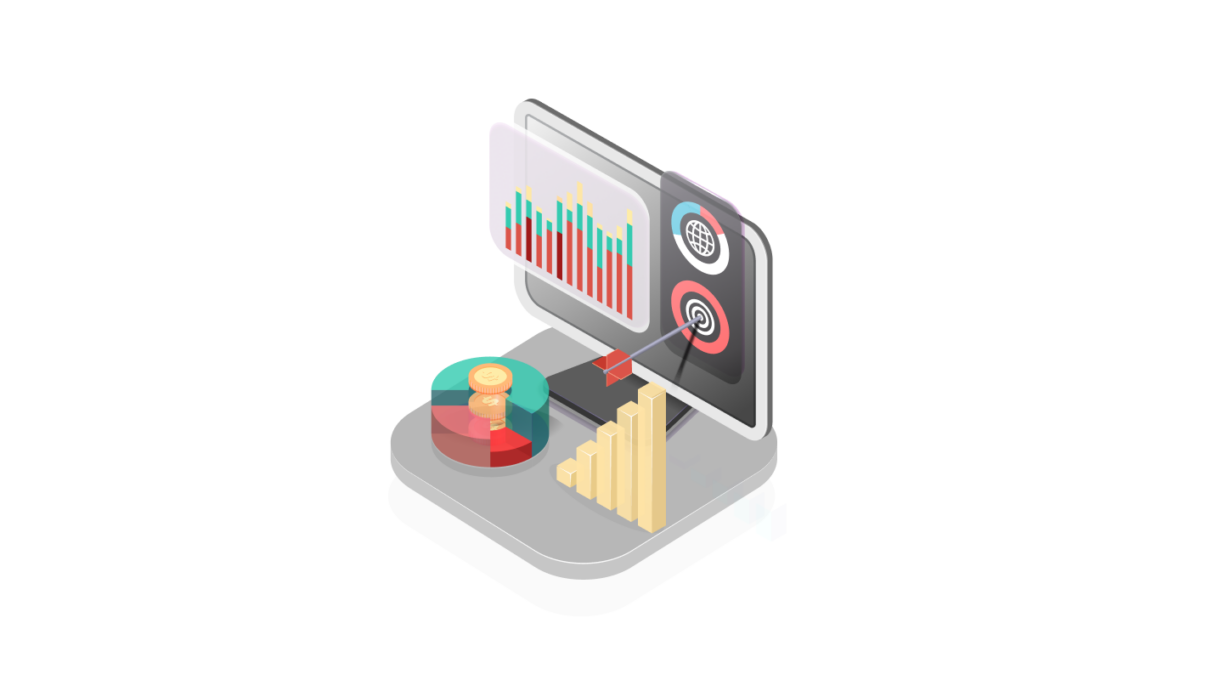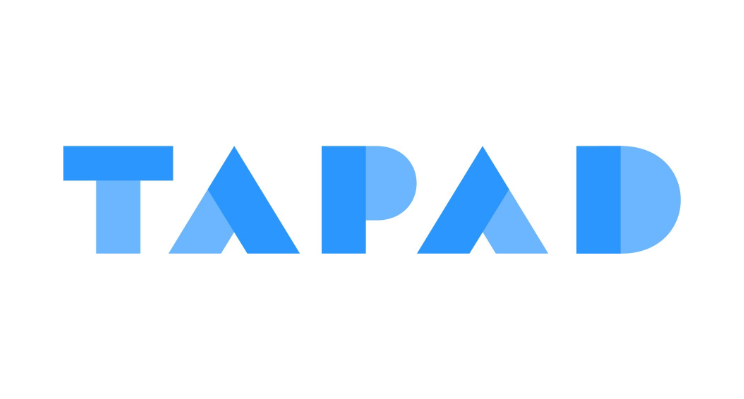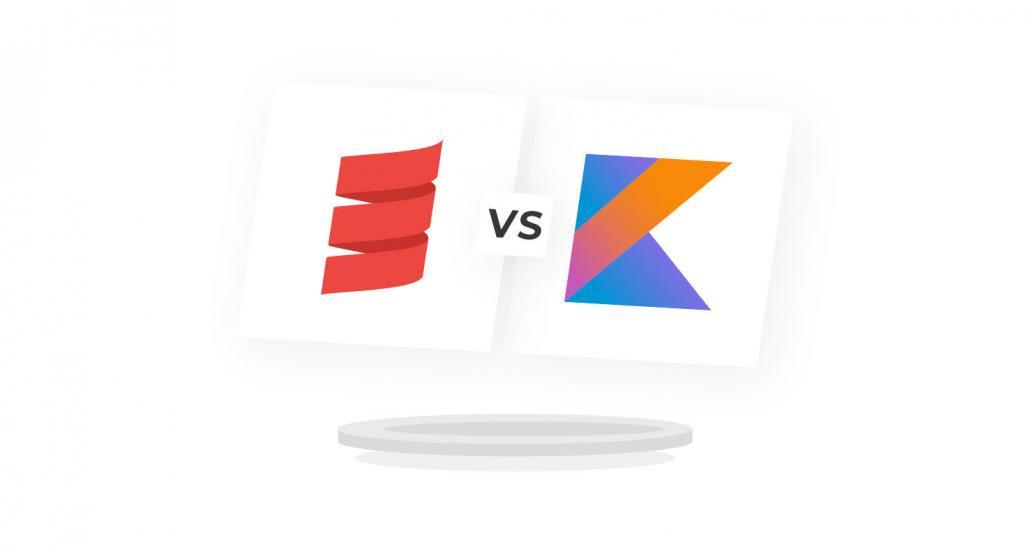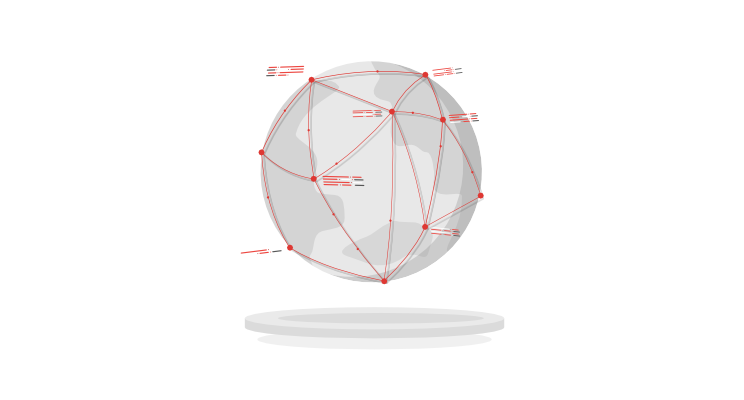
The Secret To Effective Advertising Technology

Digital advertising will cost businesses an estimated $389 billion in 2021. CEOs have long known that marketing is an essential part of any business’s success. But as the methods for reaching new customers change, keeping up with advertising technology is critical.
Advertising technology, also known as “adtech,” allows businesses to manage and analyze digital advertisements more extensively than ever before, all while making it easier to leverage advertising marketplaces effectively.
Researchers estimate that the average person sees five thousand adverts per day.
Understanding your audience, placing ads well, and analyzing which ads work is crucial in an oversaturated market. It’s the difference between your product or service being seen or completely ignored.
Adtech Helps Drive Results
Using the right software, tools, and engines when implementing your advertising strategy can make a fundamental difference to your outcomes.
In this post, you’ll discover three factors that underpin successful advertising technology. Understanding them will enable you to propel your business to success.
You’ll also learn how one advertising company maximized advertising performance and reduced costs by employing an expert adtech team.

What Is Adtech?
The word adtech is a combination of “advertising” and “technology.” It’s an umbrella term that covers a range of software applications built for planning, running, and measuring promotional strategies. Companies typically use various tools to place their ads and manage customer data.
There are three main types of adtech solutions. Here is a brief overview of each one:
Demand-Side Platforms
Demand-Side Platforms (DSPs) allow bidders to purchase ads on numerous marketplaces from one interface. DSPs can be used to bid on different types of advertising inventory, such as website banners, video segments, pop-ups, and so on. Companies bid for the placement they want based on what it can offer them in terms of measurables like clicks and views.
Keeping up with fast-paced marketplaces can be challenging. DSPs simplify the process by automating trades through data analysis, allowing companies to quickly target the best advertising spots.
Data Management Platforms (DMPs)
Data management platforms are apps for managing and collecting ad-related data. These platforms use cutting-edge technology like artificial intelligence to gain previously unattainable insights into customers.
DMPs simplify complex customer information by providing a single interface through which to conduct long-term data analysis. Therefore, DMPs must be able to process large quantities of data efficiently. Implementing a suboptimal DMP can increase company costs and slow overall system performance.
Supply-Side Platforms (SSPs)
Supply-Side Platforms are essentially DSPs for ad sellers. They enable publishers to organize their inventory and offer it for sale on a single or multiple platforms.
Three Must-Haves For Effective AdTech Solutions
All good adtech solutions are built on three pillars. To successfully implement an effective ad infrastructure in your own company, it is essential to account for all of them.
Here is an overview of each one:
Tailored tech
Ensuring that your software stack maps to your company’s unique advertising requirements is essential. If an inexperienced development team opts for unsuitable analytics or data management software that can’t be appropriately modified, your adtech will be inefficient and cost more than necessary.
Evaluate potential software providers through the lens of your data processing and ad volume requirements. And always ensure that modifications are possible, which will allow you to tailor apps to your specific needs.
Expert Developers
Employing a team of developers that specialize in adtech will make a significant difference to the quality of your data analysis and advertising placements. Well-managed analytic processes and a correctly implemented architecture can save significant costs over the long term, preventing wasted spend, the continuance of low-performing ads, and technical errors.
Whether you employ a consultancy or your own tech team, ensure they are accredited developers with an excellent track record and customer testimonials.
Budget
Budgeting is crucial to every stage of a business’ success. Adtech solutions are expensive due to the complex infrastructure and development expertise required. Clearly stipulating an adtech budget provides parameters for your development team.
It’s also important to note that spending comparatively more in the short term on essentials will likely save money in the long term. The cost benefits of robust infrastructure can’t be overstated.
Case Study – How a Successful Adtech Company Reduced Costs and Resource Consumption

We’ll now take a look at how a specialized development team implemented an adtech solution that transformed one company’s results.
The Company
Tapad is a renowned marketing technology provider. It caters to brands, agencies, and platforms to help them understand their users’ devices, enhance their datasets, and personalize their customer journeys. What’s more, Tapad delivers a global cross-device digital identity graph that is the leading such solution in its field.
The Challenge
Tapad used the analytics engine Apache Spark as a foundational part of its Extract, Transform, Load (ETL) process. ETL copies data from a source and transfers it to analysis software. For the ETL process to be effective, Tapad used Spark to distribute large datasets to third parties for processing and distribution.
Tapad sought out the help of tech consultancy firm Scalac to improve the standard of data integration, with the aim of making data easier to consume for users.
Scalac examined Tapad’s system and produced an alternative integration flow that utilized multiple third-party services. In addition, Scalac’s team discovered that Tapad wasn’t adequately managing Spark’s resources.
In Tapad’s original architecture, the data platform was sending data to the Spark cluster manager. The cluster manager then spread the data across its nodes to process a subset of the dataset. Finally, the cluster manager sent tasks to a third party once the data processing was complete.
However, this system came with serious drawbacks:
- It increased costs.
- The data platform produced vastly different amounts of data for each channel (ranging from a few MB to tens of GB).
- Memory consumption was high while only utilizing a small amount of CPU.
- There were a fixed number of nodes that weren’t adaptable to the size of data sets.
- Each node had to consign some of the data into memory.
- Node clusters made it challenging to gather, combine, and compress data for processing by third parties.
Solution
The Scalac team decided to re-write the ETL process. In addition, the Scalac team removed the Spark cluster, thus increasing scalability. Finally, Scalac suggested that Tapad’s architecture could include Akka Streams’ Reactive Manifesto. The Reactive Manifesto would allow Tapad’s ecosystem to use a responsive streaming system that only required one machine for handling data.
Our design allowed the data platform to provide data as a stream that would never exceed the resources of the Virtual Machine (VM). The data processor could then handle the data while preserving resources. From there, the data processor would either push the processed data to the third party (in parallel) or build a single file to be stored.
Scalac chose this approach because it:
- Lowers costs.
- Allows the use of multiple cores.
- Effectively handles infinite amounts of data.
- Is third-party flexible.
- Allows the stream to work in parallel so that the VM is leveraged to its fullest potential.
- Executes processes at the same speed or faster than the previous system.
Results
Tapad noticed several benefits from its upgraded system. Here is an overview of the main ones:
- Higher resilience and ongoing functioning even after a failure (due to the isolation of components).
- Flexibility and greater adaptability to the size of the workload.
- A message-driven architecture using Akka Streams for advanced application processing interfaces (APIs).
- Lower resource consumption.
- Fewer runtime errors and better error handling.
- Reduced costs.
- Faster processing.
Overall, Scalac’s implementation created a system with more efficient integration and reduced resource consumption.
Conclusion
Adtech is essential in the modern world. Businesses that optimize their technology reach more customers and maximize advertising potential. Ensuring you have expert developers on hand who can tailor your adtech solutions is critical.
Consultancies like Scalac guide businesses through the complex journey of creating high-performing adtech solutions with consideration and empathy.
Contact us today to discuss how we can help you launch, manage, or upgrade your adtech infrastructure.











